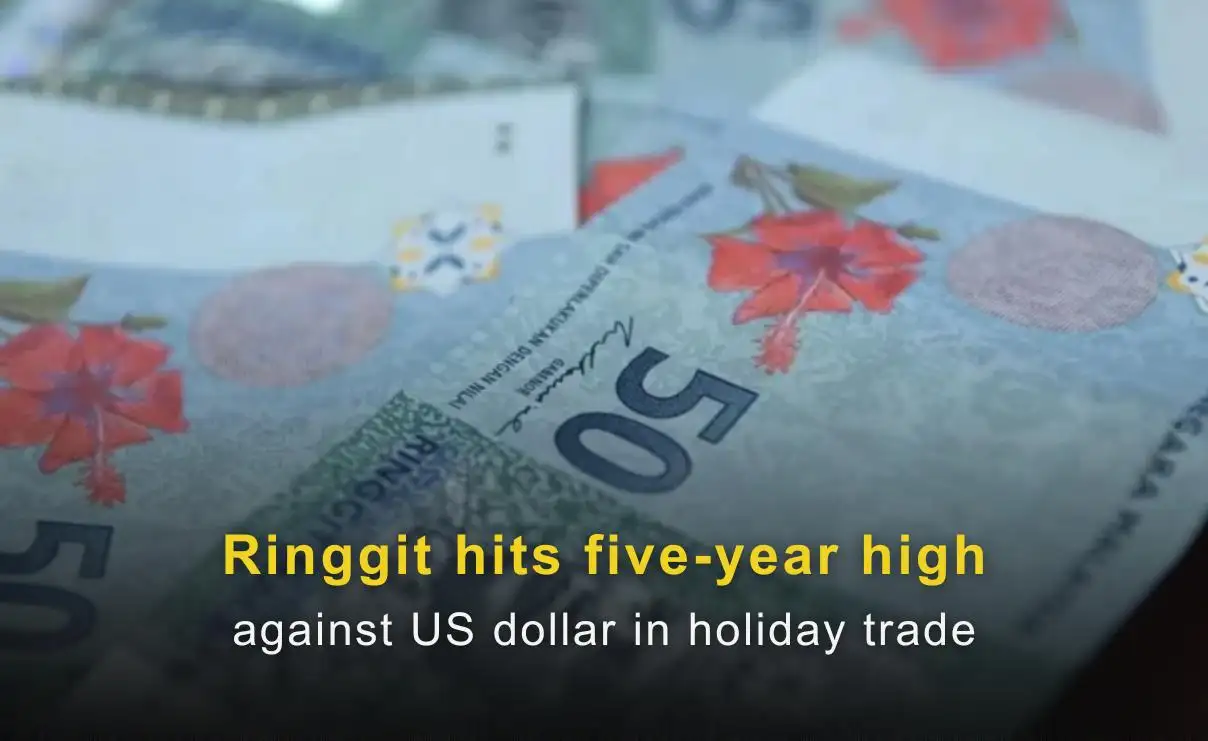The Yuan’s Struggle: How China Plans to Protect Its Economy
Abstract:China introduced new measures on Monday to support its weakening currency, the yuan, amidst mounting economic and political pressures. The government announced plans to boost foreign exchange reserves in Hong Kong and ease borrowing restrictions for companies to improve capital flows.

China introduced new measures on Monday to support its weakening currency, the yuan, amidst mounting economic and political pressures. The government announced plans to boost foreign exchange reserves in Hong Kong and ease borrowing restrictions for companies to improve capital flows.
The People's Bank of China (PBOC) has been taking steps since late last year to arrest the yuan‘s decline. These include discouraging speculative trading and attempting to stabilise bond yields. On Monday, the PBOC reiterated its warnings against speculation and increased limits on offshore borrowing for companies. This change aims to encourage a greater influx of foreign exchange into China’s economy.
PBOC Governor Pan Gongsheng spoke at the Asia Financial Forum in Hong Kong, revealing plans to allocate a larger portion of China‘s foreign exchange reserves to Hong Kong. Although specific details were not disclosed, this move aligns with the central bank’s strategy to defend the currency. As of December, Chinas foreign reserves totalled approximately $3.2 trillion, though their exact allocation remains unclear.
Analysts view these measures as a signal that currency stability remains a key priority for the PBOC. Lynn Song, Chief Economist for Greater China at ING, noted that strengthening foreign reserves could provide the central bank with additional tools to stabilise the yuan if market conditions worsen.

The yuan continues to face significant challenges, trading at 7.3318 per dollar on Monday, near a 16-month low. Since the US presidential election in November, the yuan has depreciated by more than 3% against the dollar. Concerns about potential trade tariffs under the incoming Trump administration have exacerbated the pressure on the currency and the broader Chinese economy.
The central bank has been setting its midpoint guidance for the yuan higher than market projections since mid-November, a move interpreted by analysts as an effort to curb its rapid decline. Mondays developments highlight the delicate balance the PBOC must maintain. It is tasked with fostering economic growth through supportive monetary policies while addressing declining bond yields and stabilising the currency in a volatile global environment.
Recent measures also include suspending treasury bond purchases to control falling yields and issuing large amounts of bills in Hong Kong to manage yuan circulation offshore. Hong Kong plays a critical role in the yuans offshore market due to its higher trading activity, including foreign exchange swaps and spot transactions.
Gary Ng, Senior Economist at Natixis, emphasised Hong Kongs importance in supporting the yuan through its robust trading ecosystem and investment opportunities.
Meanwhile, trade data released on Monday provided some optimism. Chinas exports showed growth in December, with imports also recovering. However, the year-end export surge was partly attributed to manufacturers rushing shipments ahead of potential trade risks under the new US administration.

Read more

Hong Kong Regulator Warns Against CoinCola
Hong Kong’s financial watchdog, the Securities and Futures Commission (SFC), has issued a public warning against CoinCola, adding the platform to its Alert List of suspicious virtual asset trading platforms (VATPs). According to the SFC, CoinCola operates through the website and is suspected of conducting unlicensed virtual asset activities while appearing to target or operate in Hong Kong.

Ringgit hits five-year high against US dollar in holiday trade
The Malaysian ringgit extended its rally, reaching a five-year high against the US dollar, trading in a narrow range of RM4.04-RM4.05.

Inside the Elite Committee: Talk with Narinpat Sittivongseth
WikiFX has launched the “Inside the Elite” Interview Series, featuring outstanding members of the newly formed Elite Committee. During the committee’s first offline gathering in Dubai, we conducted exclusive interviews and gained deeper insights into regional market dynamics and industry developments. Through this series, WikiFX aims to highlight the voices of professionals who are shaping the future of forex trading — from education and compliance to risk control, technology, and trader empowerment.

【WikiEXPO Global Expert Interviews】Robert Hahm: From Asset Management to AI Innovation
As WikiEXPO Dubai concludes successfully, we had the pleasure of interviewing Robert Hahm, the Founder and CEO of Algorada. Robert Hahm is a seasoned financial executive who has successfully transitioned from managing traditional assets to founding a cutting-edge fintech platform. As the Founder and CEO of Algorada, he leverages decades of experience in portfolio management to bridge the gap between financial domain knowledge and the power of AI.
WikiFX Broker
Latest News
Ringgit hits five-year high against US dollar in holiday trade
Forex vs. Stocks vs. Futures: Which Market Fits Your Wallet?
Commodities: Gold Targets $5,000 as Central Banks Buying Spree Meet Geopolitical Shocks
Is Finalto Legit or a Scam? 5 Key Questions Answered (2025)
Spring Rally in Chinese Equities Signals Potential Lift for AUS and NZD
Transatlantic Rift: Visa Wars and Tech Tariffs Threaten EUR/USD
JPY Alert: Bond Yields Hit 29-Year High as Market Challenges BOJ
US Banking Giants Add $600B in Value as Deregulation Widens Gap with Europe
Markets Wrap: Gold and Equities Surge to Records as Holiday Liquidity Thinness Rattles Speculative A
Stop Chasing Headlines: The Truth About "News Trading" for Beginners
Rate Calc

